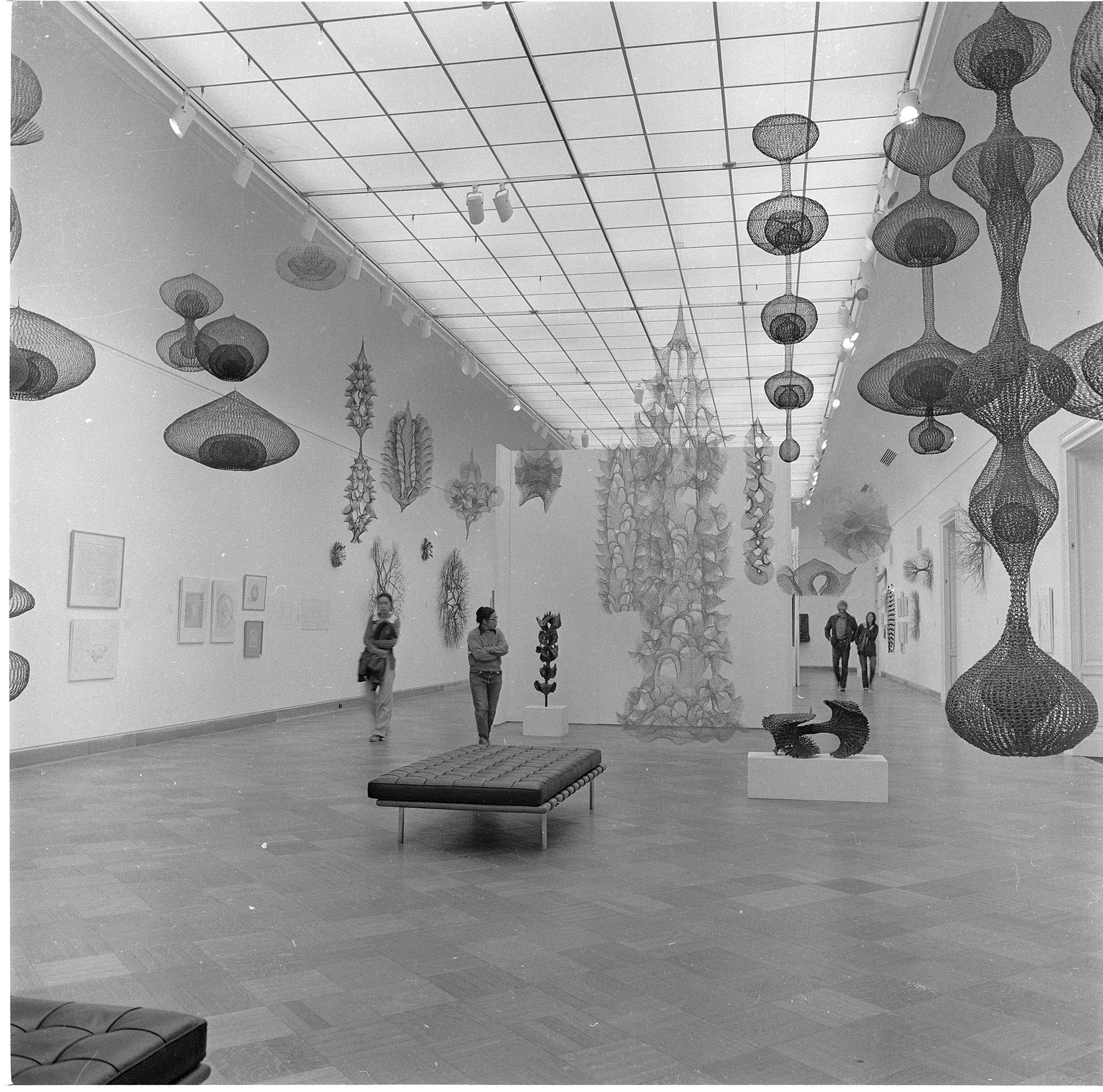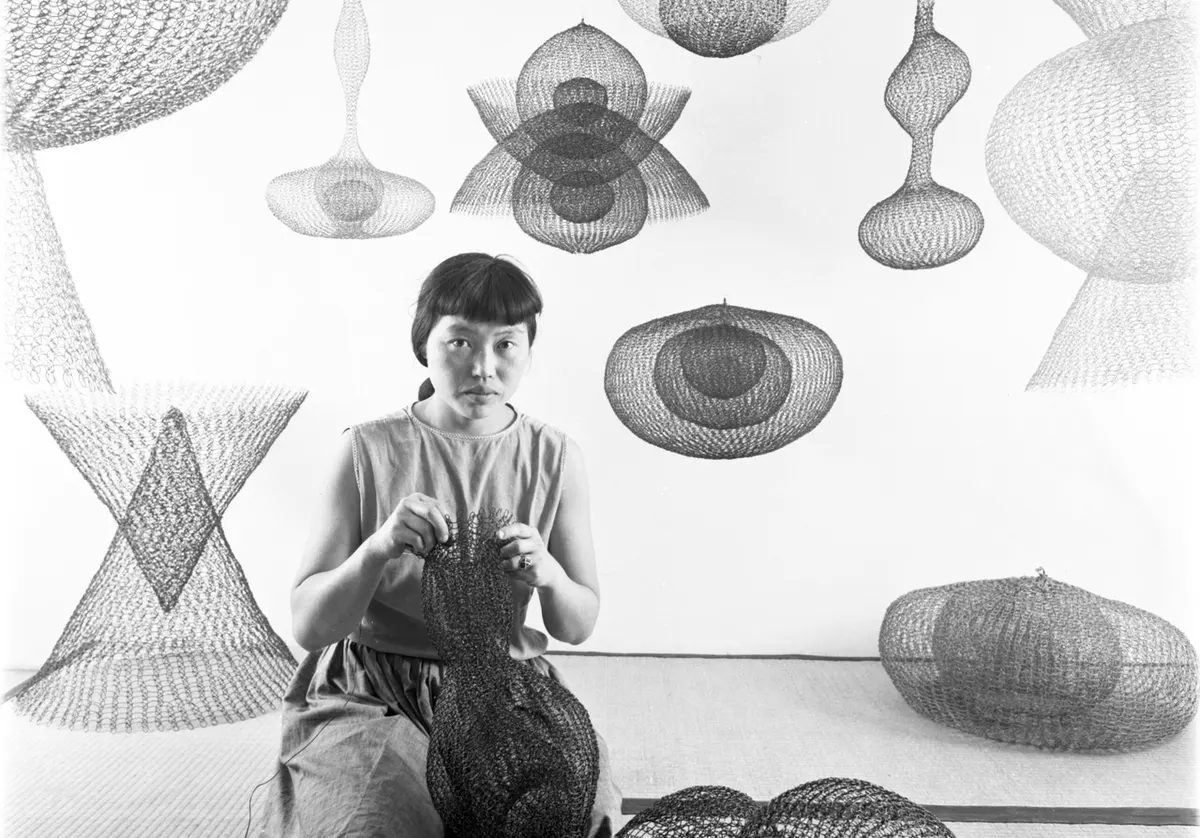Ruth Asawa MoMA Show May Be Museum’s Largest for a Woman, Smithsonian Closes Institutions, and More: Morning Links for October 13, 2025
The art world on October 13, 2025, was abuzz with a blend of triumphant achievements and unforeseen setbacks, as captured in the day's key headlines. From the Museum of Modern Art's (MoMA) groundbreaking retrospective on Ruth Asawa, potentially the institution's largest exhibition dedicated to a female artist, to the abrupt closure of Smithsonian institutions amid a U.S. government shutdown, these stories reflect the dynamic and sometimes precarious nature of cultural preservation and access. Additional developments, including philanthropic gestures from music legends and notable awards in the contemporary art scene, added layers of inspiration and discourse. This roundup not only highlights immediate events but also underscores broader themes of gender equity, political influence on culture, and the enduring power of artistic legacy.
Ruth Asawa's posthumous retrospective at MoMA stands as a monumental tribute to one of the 20th century's most innovative sculptors. Opening on October 19, 2025, and running through February 7, 2026, the exhibition titled "Ruth Asawa: A Retrospective" features approximately 300 artworks, spanning six decades of her career and occupying the entirety of MoMA's sixth-floor special exhibitions space. Reports suggest this could be MoMA's most extensive show for a woman artist in terms of the number of objects displayed, surpassing previous retrospectives and signaling a shift toward greater inclusivity in major institutions. Co-organized with the San Francisco Museum of Modern Art (SFMOMA), where it debuted earlier in the year, the show includes Asawa's signature looped-wire sculptures, bronze casts, drawings, prints, and public commissions, offering a comprehensive view of her multifaceted practice.
Asawa's story is one of resilience and creativity against odds. Born in 1926 to Japanese immigrant farmers in California, she endured internment during World War II, an experience that honed her determination. At Black Mountain College, she studied under influential figures like Josef Albers, adopting an experimental approach that led to her wire-looping technique, inspired by Mexican basket-weaving. Settling in San Francisco in 1949, Asawa balanced motherhood with art-making, creating abstract forms that challenge boundaries between craft and fine art, figuration and abstraction. Her public works, such as fountains and memorials, and her advocacy for arts education in the Bay Area further cement her legacy. For a deeper exploration of her life, the Ruth Asawa official website provides timelines, galleries, and educational resources.
Curators Cara Manes from MoMA and Janet Bishop from SFMOMA emphasize Asawa's holistic approach: "There was no separation between living and making art." The exhibition invites close looking, with installations that encourage viewers to contemplate the interplay of space, light, and material. Sponsorship from UNIQLO and foundations like the Henry Luce Foundation underscores the show's significance. As MoMA continues to reevaluate its collection for diversity, this retrospective aligns with efforts highlighted in resources like the Guerrilla Girls' advocacy for women in art, which critiques institutional biases.
In stark contrast to this celebratory moment, the Smithsonian Institution announced the temporary closure of its museums, research centers, and the National Zoo on October 12, 2025, due to the ongoing U.S. government shutdown that began on October 1. Utilizing prior-year funds, the Smithsonian managed to stay open for 11 days, but with no resolution in Congress, all 19 museums—including the National Museum of American History and the National Museum of Natural History—shuttered their doors. This marks a repeat of the 2018-2019 shutdown, when similar delays affected operations. The National Zoo assured that animals would continue to receive care, though live cams are offline, and visitors are directed to the Smithsonian's website for updates.
The closure has disrupted tourism and education, with visitors like international travelers expressing frustration over canceled plans. For instance, a family from Alabama and a tourist from Australia found themselves locked out, highlighting the broader economic ripple effects on Washington, D.C.'s visitor economy. Amid this, concerns arise for ongoing exhibitions, such as those at the National Museum of African American History and Culture, which could face delayed maintenance or programming. The Smithsonian, funded largely by federal appropriations, exemplifies how political stalemates can hinder cultural access. For historical context on such shutdowns, the National Archives' records detail past impacts on federal agencies.
Beyond these headliners, October 13 brought news of philanthropic boosts to the art sector. Music icon Beyoncé announced a $1 million donation to the Smithsonian's National Museum of African Art through her BeyGOOD Foundation, aimed at supporting acquisitions of contemporary African artists. This gesture comes amid the shutdown, emphasizing private funding's role in sustaining institutions. Beyoncé's involvement echoes her previous cultural contributions, as seen in collaborations with the Louvre for visual albums. Similarly, Elton John revealed plans to auction personal art collection items, with proceeds benefiting his AIDS Foundation, including works by Keith Haring and Andy Warhol.
In awards news, the MacArthur Foundation named its 2025 "Genius" Fellows, including visual artist Ebony G. Patterson and filmmaker Sterlin Harjo, each receiving $800,000 no-strings-attached grants. Patterson's intricate installations addressing colonialism and violence, and Harjo's indigenous storytelling, highlight the foundation's focus on transformative creativity. These honors, detailed on the MacArthur Foundation website, continue to elevate underrepresented voices.
Elsewhere, the Tate Modern launched an ambitious endowment drive to secure £100 million for acquisitions, responding to funding cuts. This initiative, as reported, aims to bolster collections amid economic pressures. In New York, controversy stirred around a Times Square statue by Thomas J. Price, sparking debates on representation in public art. Price's 12-foot bronze of a Black woman has been both praised for diversity and critiqued as symbolic of societal shifts.
These stories collectively illustrate the art world's vibrancy and vulnerabilities. Asawa's show advances gender parity, while the Smithsonian's closure reminds us of culture's ties to governance. Philanthropy and awards provide hope, fostering innovation. As the sector navigates these, resources like ARTnews' daily updates keep stakeholders informed.
FAQ
What is the Ruth Asawa retrospective at MoMA? It's a major exhibition featuring about 300 artworks from Asawa's career, running from October 19, 2025, to February 7, 2026, potentially the largest MoMA show for a female artist.
Why did the Smithsonian close its institutions? Due to the U.S. government shutdown starting October 1, 2025, exhausting prior funds after 11 days, leading to closures of museums and the National Zoo on October 12.
What other art news was reported on October 13, 2025? Highlights include Beyoncé's $1 million donation to the National Museum of African Art, Elton John's art auction for charity, MacArthur "Genius" grants to artists like Ebony G. Patterson, and Tate Modern's endowment fund drive.
How does the Asawa show contribute to gender equity in art? By showcasing a record number of works by a woman, it addresses historical underrepresentation, aligning with broader efforts to diversify museum narratives.
What impacts does the Smithsonian closure have? It disrupts visitor access, affects tourism, and halts public programs, though animal care continues; exhibitions remain unavailable until reopening.



